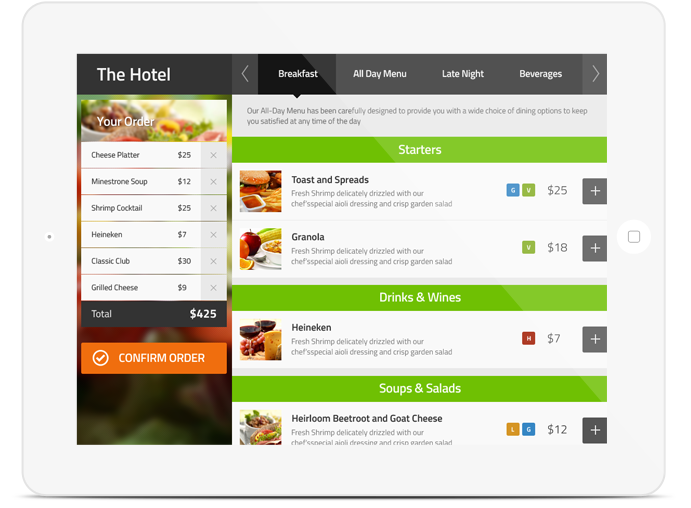Native Apps for Mobile & Tablets
Mobile Devices have helped everyone around the world connected 24 hours a day and 7 days a week and it’s no surprise why enterprises or startups worldwide would choose to build a mobile app first instead of a desktop app today. From enterprises to startups we have build mobile apps on all popular platforms: iPhone, Android and Windows.
Market Research
The App store and Google Play are the top marketplaces for your mobile app business. But How do you know if the market wants your app? Look at the Top Apps chart. Are apps like the one you want to create listed there? If yes, you’ve got a potential winner. If not, keep looking. It’s that simple.
Technology Stack Consulting
During this phase our project managers will research on how your users are going to use your app and will document and mock the functionality. We then choose a development platform and a framework that would best maintain your codebase.
Early 2014 choice of platform could be either Native or Hybrid (Cross-Platform). Before you choose let’s define and compare Hybrid and Platforms and the different frameworks available in the market to give you an idea of where you kinda heading.
Hybrid Platforms are about writing code and deploying once in all popular platforms in HTML/CSS/JS whereas Native Platforms is all about generating compiled code for specific devices (Windows, iOS, Android). Also native platforms have full access to low level hardware features on the phone and can be deployed to the app store.
HYBRID PLATFORM
Advantages
- Single codebase and hence easier to maintain.
- Less development work hours.
- Faster Development.
Disadvantages
- No Control of UI.
- Low graphics performance.
Some of the best frameworks for Hybrid mobile application development are :
- jQuery Mobile
- Sencha Touch
- Kendo Ui
- PhoneJS
- Appcelerator
NATIVE PLATFORM
Advantages
- Great user interface design options.
- Great control over hardware and graphics performance.
- Implementing complex functionality.
Disadvantages
- Takes lots of development work hours.
- Its expensive.
Some of the best frameworks for Native mobile application development are :
- Cocoa Touch framework for iOS app development
PROJECT ARCHITECTURE
After we get an idea, it is time to prepare the client architecture. We put the functionality scope together, determine the development process and outline design.
UI DESIGN
Depending on the type of the platform and prepared wireframes the designers’ work on the appearance and user interface to create the unique app. This process includes a lot of drafting, to make the functional ins be consistent with design outs.

APP DEVELOPMENT
Here our frontend development team builds the experience the UI team defined and an API is build by our Lead developers in the backend on top of which we use server side technologies to present data in the frontend.

STAGING
Our QA team will deploy the product in app store and check for bugs.
RELEASE
We help the client register the application in all the relevant stores and catalogues such as Apple’s App Store, Google Play etc. And this is the final step of Mobile Applications Development.

